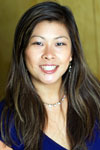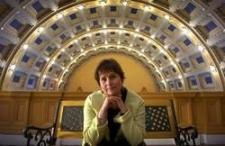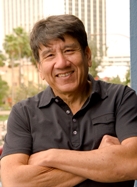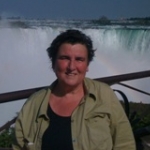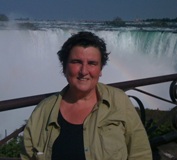
Kerri Hopkins
Singing & Moving into Kindergarten with ArtsBridge & Reading in Motion
Posted by Mar 22, 2013

Kerri Hopkins
ArtsBridge America is one of many national programs working to bring the arts back into public school classrooms through arts-integrated projects. Visual arts, music, dance, theatre, and media arts are all crucial art forms that children should be able to explore “for arts sake.”
But in the age of teaching for the test, sometimes the only way we can bring programming to the schools is to look at the arts as a means of enhancing learning in other core subjects. It is not always ideal, but some exposure to quality arts programming is better than none. ArtsBridge aims to provide this type of consistent high-quality programming, while having a lasting impact on everyone involved.
The number one priority of ArtsBridge is to provide much-needed, hands-on arts experiences for K–12 students who may not be getting it on a regular basis. The number two priority of the program is to facilitate a unique opportunity for university students, with a specialty in the arts, to work with classroom teachers who are seeking professional support in those areas. This partnership can be incredibly valuable for everyone involved.
University students, or scholars as we like to call them, receive a scholarship for their efforts while they gain valuable teaching experience in the controlled environment of the classroom. They help to build the capacity of the classroom teacher by training them in their art form as they work side by side with the class on a weekly basis over the course of a semester or sometimes an entire school year.
Read More


